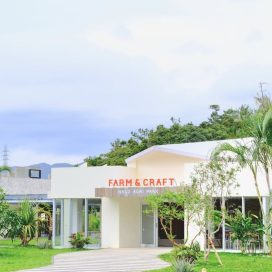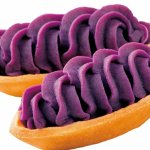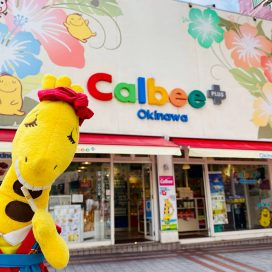- Home
- Play and spend time in Okinawa
- Journey to search for Okinawan pottery "Yachimun"
Journey to search for Okinawan pottery "Yachimun"

- date:
- author:
- OkinawaTraveler Editorial Department
In Okinawa, pottery is called "Yachimun" (pottery). Okinawa and pottery have a deep history, and it goes back to the 15th century. There are potters that have been around for more than 300 years, and there are also areas where potters gathered and built as a single town. The culture is still going on.
Contents
Traditional crafts that have been handed down. Okinawan pottery "Yachimun"

In recent years, pottery has become a boom in reasonable and everyday pottery, which is far from the image of luxury goods. The works of artists who have inherited the tradition, the works of young artists who incorporate new perspectives, each with different tastes and themes.
Yachimun's traditional patterns include fish, peony, shrimp, arabesque, etc., with the wish of richness and prosperity of descendants. Some of the works that focus on traditional techniques can be shown differently depending on the angle, so you can enjoy all expressions.
The features of the works of young artists are various, and works inspired by tradition, such as polka dotted cups and plates, which are called dotted, and rice bowls with classic patterns arranged in a modern style, are unique but familiar to life. There are many designs.
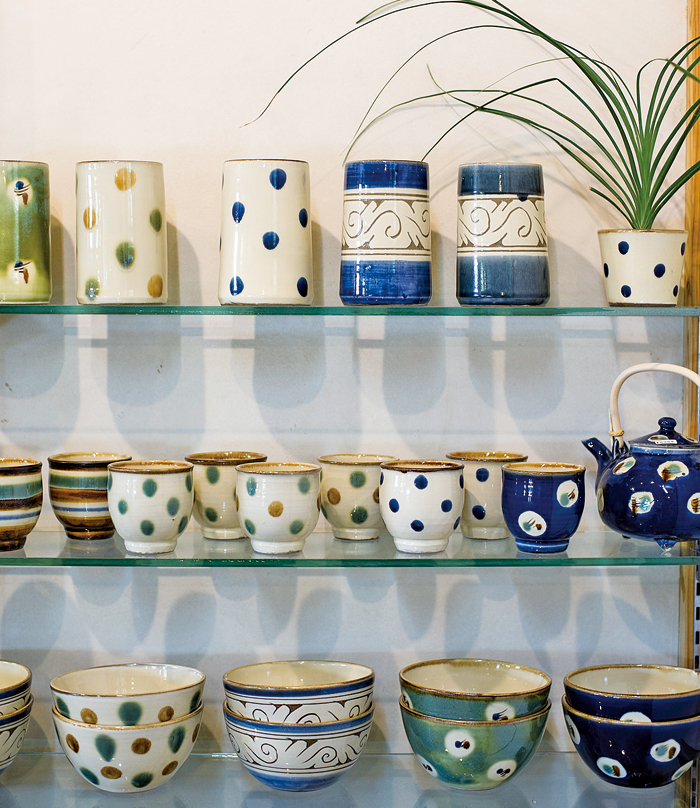
Okinawan pottery stores and select shops are concentrated in places where pottery is located, so if you walk around the city after exploring, you will be able to encounter interesting discoveries and special vessels. If you think "this is cute!", Let's buy it without hesitation.
Search for Yachimun in Naha City-Tsuboya Yachimun Street-

Tsuboya Yachimun Street is a 5-minute walk from the Naha City Public Market to Himeyuri Street.
This place can be said to be the origin of Okinawa's Yachimun. It is thought that Okinawan pottery was derived from Tsuboya to various places, and potters and workshops that inherit the tradition are gathered.

Tsuboya Yachimun Street is characterized by cobblestones, and when the shop with a shisa on a red tile roof and the clear sky are combined, it makes you feel like you are lost in a nostalgic, different space . There are also Yachimun's select shops, workshops, and cafes, so it is a perfect area for exploring and relaxing.
A lot of works created by traditional craftsmen are sold at Aragaki Toen, a shop located on such a quaint Tsuboya Yachimun Street.
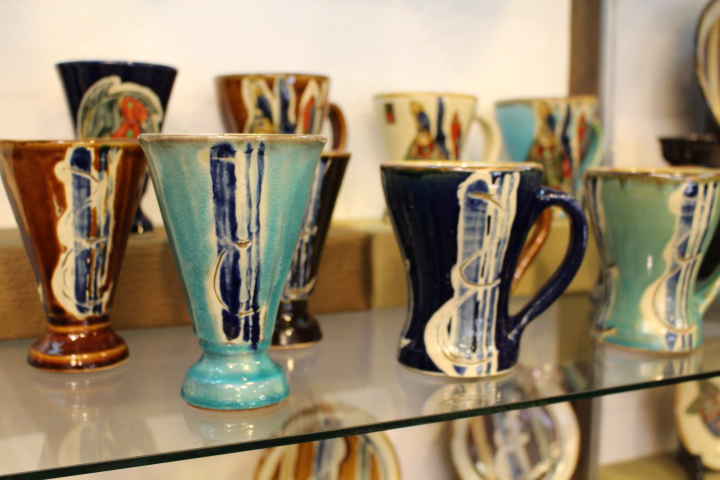
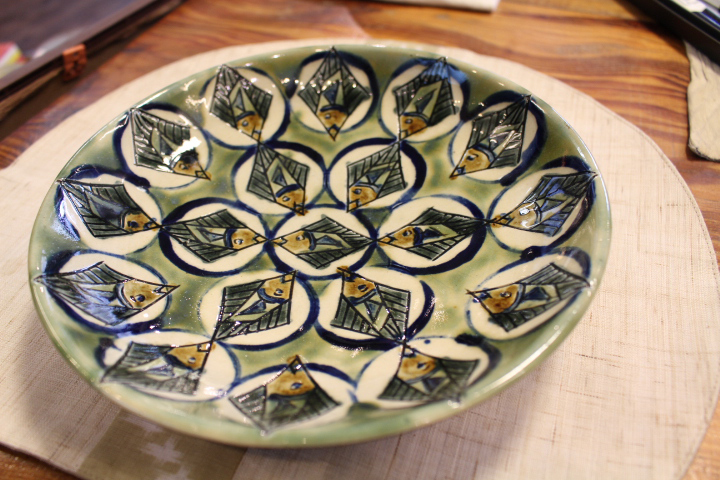


There are also rare colors such as fish and arabesque motifs that image a colorful tropical country, and turquoise blue mugs reminiscent of the sea of Okinawa.

Here is a workshop where you can experience pottery where you can forget time and enjoy playing in the soil.
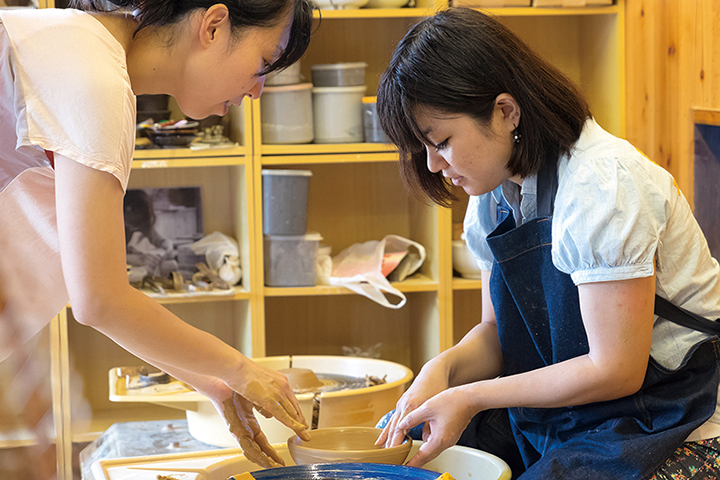
It is a tasteful red tile house, where you can experience a full-fledged experience using the same materials such as tools and soil used by Yachimun craftsmen. The staff will guide you one by one, so even beginners and children can feel safe.
※The work you experience will be baked and sent up to two and a half months later.
Search for Yachimun in Yomitan Village-Yachimun no Sato-
Yachimun no Sato is located in Yomitan Village, central Okinawa Prefecture. As the name suggests, it is an area where potters (writers) gather, and the more famous it is as a tourist spot, the more famous it is.
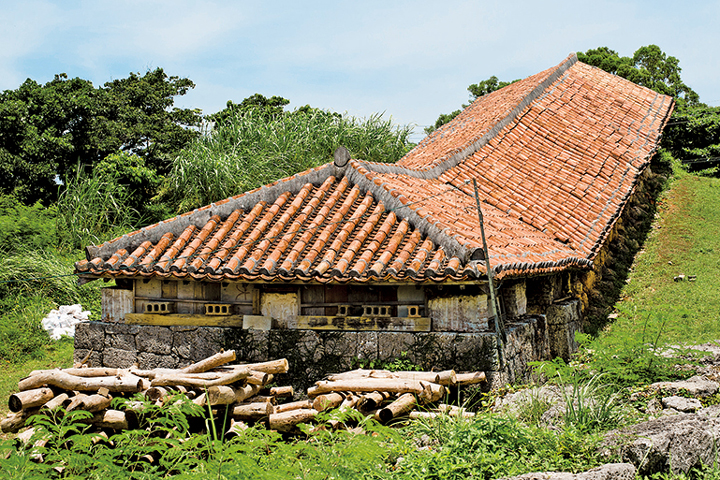
Even if you don't have the taste or knowledge of pottery or pottery, Yomitan's "climbing kiln" is a must-see view.
There are a number of kilns with round clouds lined up in a staircase under the tiled roof of Okinawa. It was set up to climb the slope from the middle, and from this shape it came to be called climbing kiln.
In climbing kiln, there are four in total, and several times a year, different potteries create attractive works.
There are many workshops and shops that also serve as galleries in the area of Yachimun no Sato, and the Yachimun, which is handled, is full of the artist's individuality and will not get tired of watching it.
Yomitan Yakikita Kiln, which was jointly opened by four potters in 1922.
At the Yomitanyama Yakikita Kiln Shop next to it, there are daily vessels that are likely to add the warmth of Okinawa to the dining table.

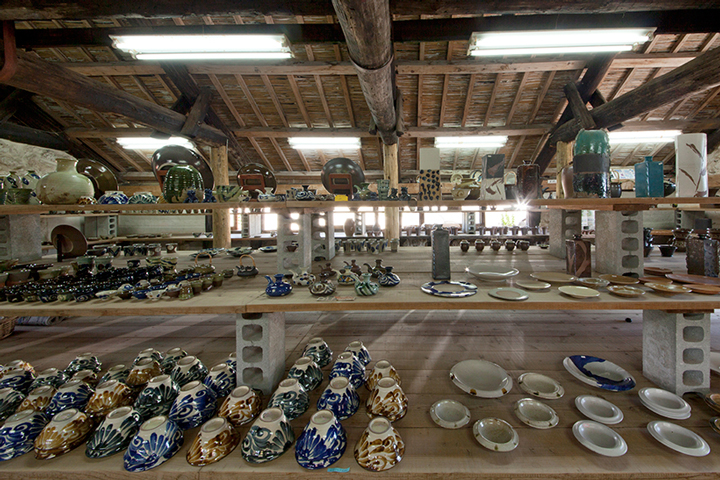


We also recommend the "Gallery Utsuwaya", which is attached to Tsunehide Shimabukuro's workshop, which is home to Tsuboya ware master craftsman Tsunee Shimabukuro.
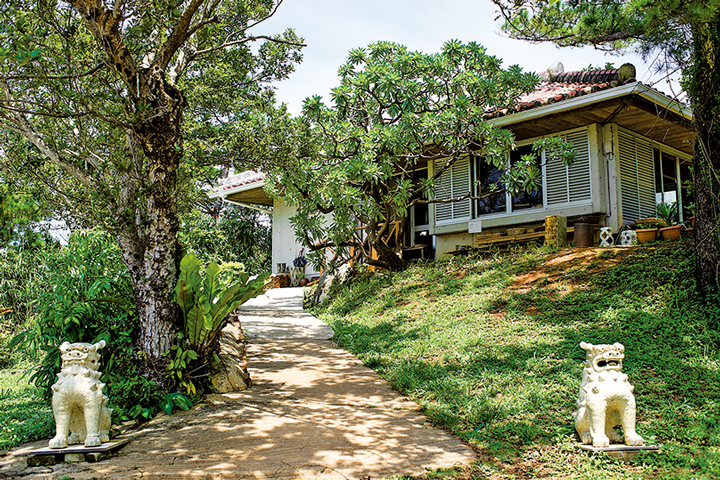
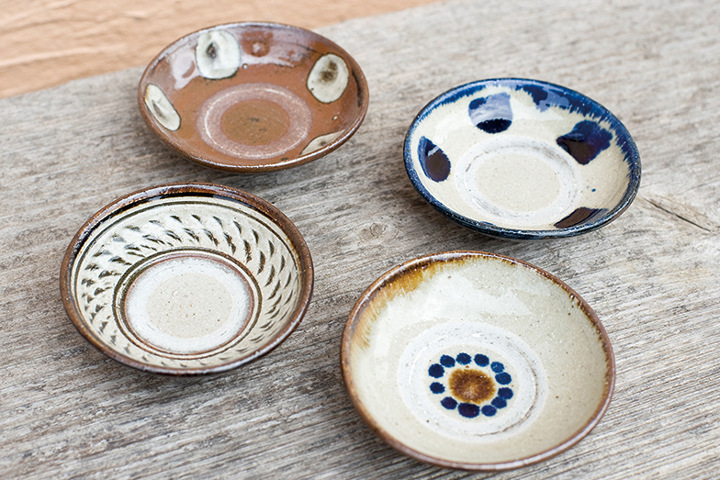
The work that incorporates various techniques while preserving tradition is characterized by many gentle patterns that seem to be compatible with any dish.
Related tag
![Full of valuable latest information useful for sightseeing in Okinawa [Okinawa Traveler]](https://en.okinawatraveler.net/wp-content/themes/okinawatraveler/_assets/img/common/logo.png)

